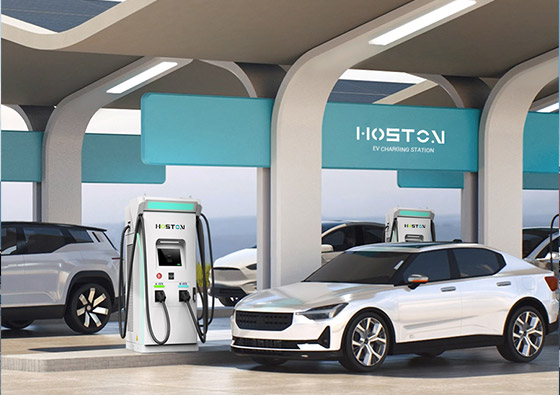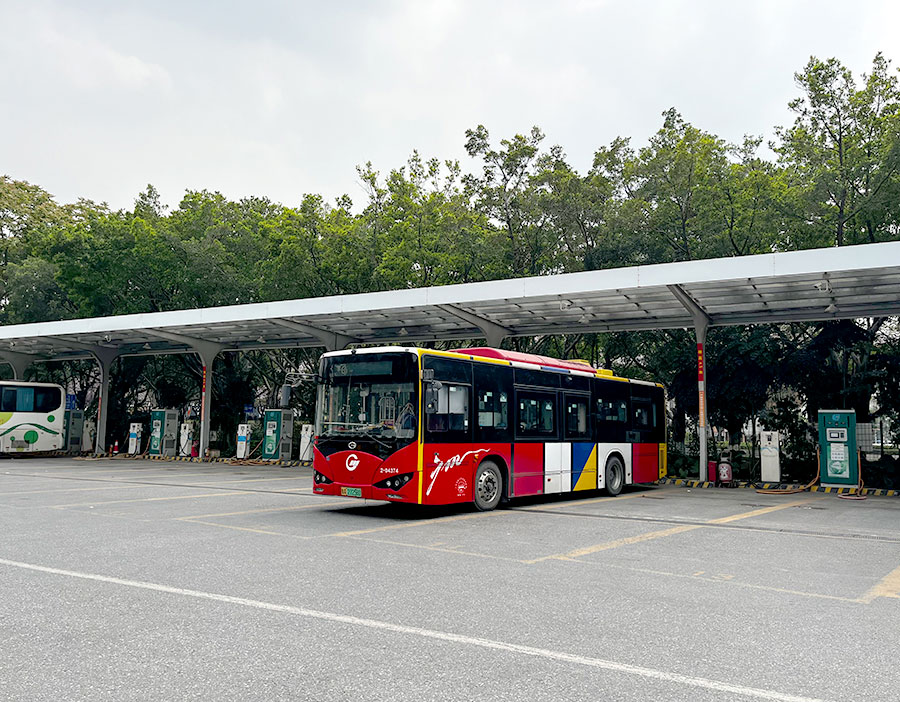

Using electric vehicle charging stations for trucks and fleets improves economic efficiency and contributes to environmental protection
As battery and charging technologies improve, electric trucks are becoming more capable of driving longer distances and charging faster, making them more suitable for long-distance transport and frequent use. Thus, EV charging station for different fleet size is a growing demand with lots of benefits.
Speak with an expert
How We can Benefit You
Lower operating costs
Electric vehicles (EVs) generally have lower maintenance costs than traditional fuel vehicles because they have fewer mechanical parts to maintain. In addition, electricity prices are relatively stable, while fuel prices fluctuate greatly, which helps fleets more accurately predict and control operating costs.
Reduced emissions
Using electric trucks can significantly reduce tailpipe emissions, helping fleets meet environmental regulations and reduce their carbon footprint. This is especially important in regions facing strict emission standards.
Improved driving comfort
Electric trucks have lower operating noise and provide a more comfortable driving experience, which is a significant advantage for truck drivers who need to drive for long periods of time. The increase in public charging stations has made it easier for fleets to charge in cities and on highways, reducing “range anxiety”.
Fleet management optimization
Through the intelligent charging management system, the fleet can more effectively dispatch vehicles and charging time, improving operational efficiency.




